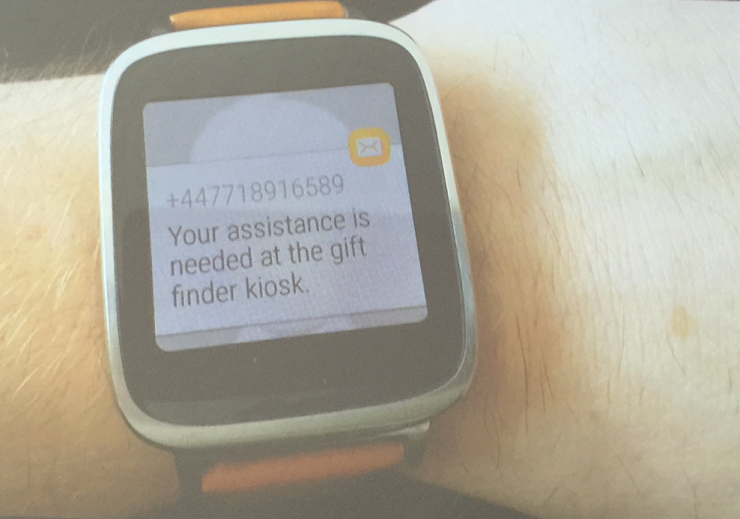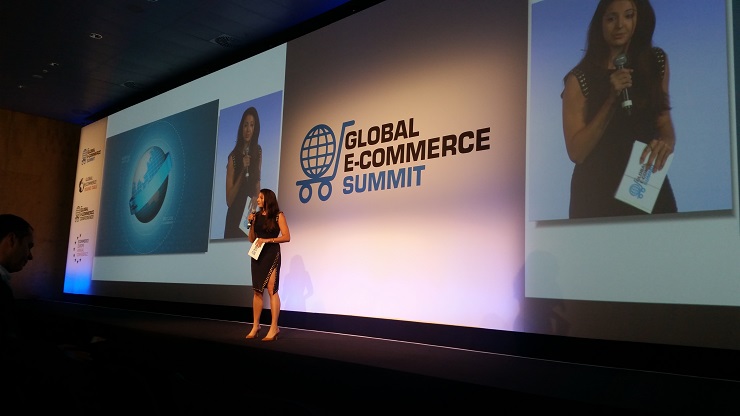Trends from #GES16 in Fashion Retail
A lot of exiting ideas where presented at Global e-Commerce Summit in Barcelona in May, where new technology has been used to make the shopping experience better for customers in the fashion industry. Technologies with advanced and fast image processing, large touch screens, and VR was presented a nice and considered concept in form of interactive “mirrors”.
Uniqlo uses an interactive fitting room, where the mirror has been replaced by a screen. The customer scans a bar code, and stands in front of the “mirror”, and can see herself pretty much like an ordinary mirror, but there is a possibility to change to a different variant of the product in a different color. After some image processing, the customer can see herself in the “mirror”, but with a different color of the item.
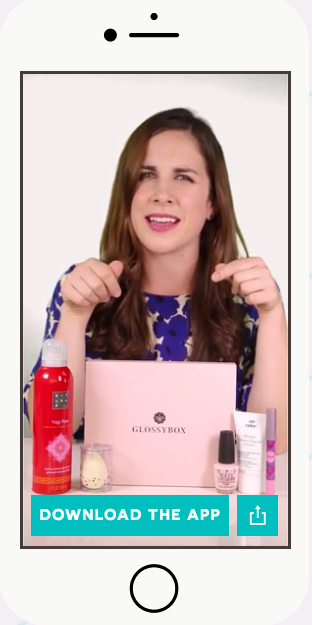
Another example adapted for mobile shopping is when you user the telephone’s camera function to take a photo of the users face or hands. The customer can select for example color of nail polish, lip stick, or mascara, and after some image processing you can see how the product in mind in its color suits you. When the customer feels that the right color and variant is found, the e-retailers’ order is not far away.
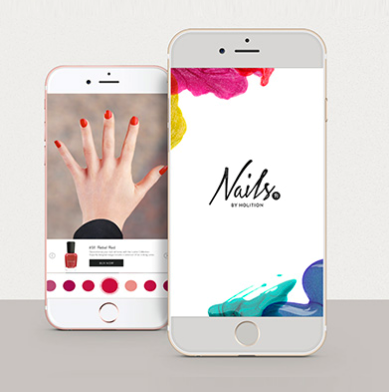
Both these examples illustrate a trend, e-retailers wanting to offer a huge assortment, but having a hard time offering the complete range in their stores/showrooms. With the help of technology, customer should be able to have the experience of all color variations, and now order with e-commerce from the show room and pick up the parcel, hopefully less likely to change it due to wrong color selection.
OVS, an Italian fashion and clothes design chain who are significant in Italy and the Mediterranean, showed examples of an omnichannel mindset tightening the digital channels with their 1,200 stores. They had a similar concept called the “magic fitting room”, which were equipped with screens and cameras in order for the customer to see the items from different angles. If the customer scanned the item’s bar code, product information and other matching items that were recommended was presented for a complete outfit. You could publish a recently taken selfie from the “magic fitting room” to their friends at Facebook. The function where a catalogue garment overlays the image of the customer in purpose of virtually dress up the customer in another item might not work as well since the catalogue picture is just a catalogue picture, and therefor the result is somewhat a dressed up doll, rather than a dressed up person.
Another company that showed parts of their digital venture was Lego. It was interesting to be allowed access to parts of Lego’s tool box to stimulate the company’s innovations of digital channels. In short it is:
- Use the competence within the company.
- Allow and encourage creativity by putting different constellations of persons in different types of exercises.
- Feel free to take short cuts – don’t make it too complicated.
Lego showed examples of VR technology where you enter Lego’s world and navigate around the selected Lego model, which of course is many children’s dream to enter. Even without VR glasses they provide the customer with great experience no matter if the device is a smart watch or a tablet. Lego talked about the importance of connecting to the customer with technology platforms in a physical store. Their example was a function to call a store clerk to help if you had a question about a product at a shelf, which got a notification in their smart watch.
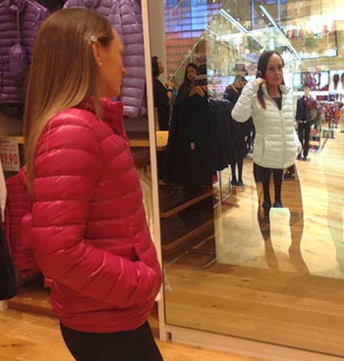
Another exiting seminar that I personally believe is a guide for something that we will see more of in the future, was about shopping from social media. The trend is called “mobile video shopping network”, which Stefan also mentioned in the previous article from #GES16. The key point was producing entertainment adjusted to mobile units where the customer primarily is driven to stay due to the entertaining message, but the underlying purpose is to get the customer to buy products in the integrated shop flow. This could be the answer of Internet users’ constant use of ad blockers, and ignoring commercial messages. The products that are practically easiest to sell was of the type one-size-fits-all since a complex check out process is not aligning with the fast click-and-buy model you strive, and expect the target group to demand.
